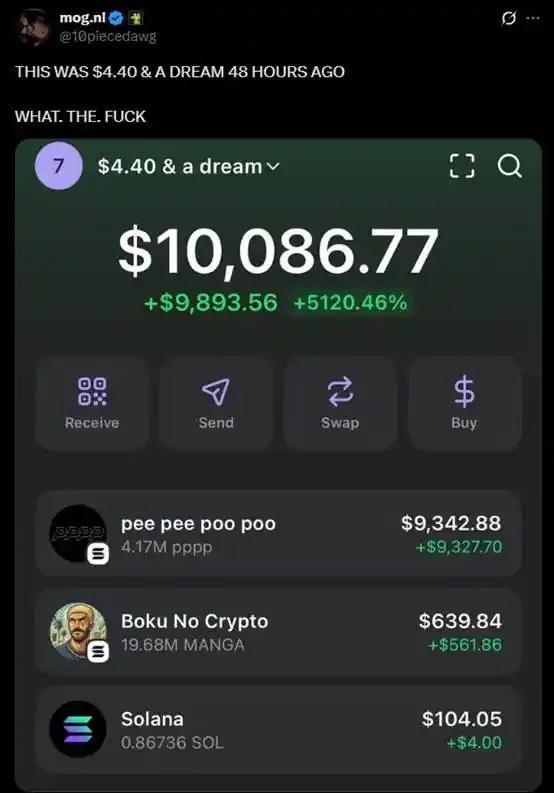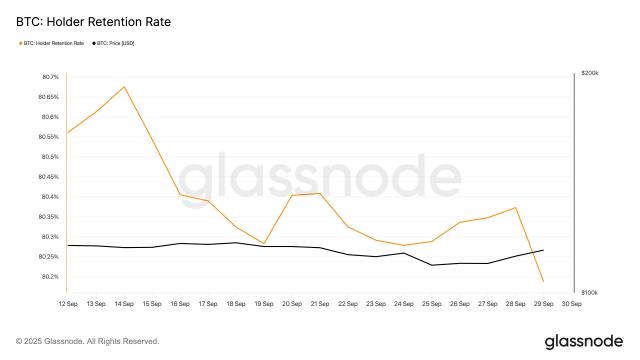A new official has three major things to do when he takes office. Since Fidji Simo, CEO of OpenAI's application department, took office, he has been making continuous moves.
There was news earlier that Fidji Simo was forming a new team to introduce advertising business to ChatGPT. The new team leader would be in charge of all aspects of OpenAI's profitability, whether it was advertising or subscriptions, as long as the money was made.
Starting today, OpenAI's commercial ambitions have taken a big step forward. You will have the opportunity to shop directly in ChatGPT.
Simply put, OpenAI has launched a feature called "Instant Checkout", which allows users to place orders while chatting without having to jump to other e-commerce shopping platforms.
Wow, it turns out that the thing that defeated the e-commerce giant might be a chatbot?
So how do users shop in ChatGPT?
It is reported that when you enter "ceramic housewarming gifts under $100" on your mobile phone, ChatGPT will immediately generate a product list with pictures, prices and Etsy purchase links.
Click on the product page, select the specifications of the tableware, see the corresponding selling price and tax details, fill in the payment and address information, and click "Pay Etsy" to place the order.
All payment methods are available, including Apple Pay, Google Pay or Link . Order confirmation, delivery details, and after-sales support information are also displayed directly in ChatGPT, saving you a lot of worry when tracking orders.
The first batch of products currently available online mainly come from small merchants on the Etsy platform, but don’t worry, “more than one million Shopify merchants” including Glossier and Spanx will soon be connected.
It’s worth noting that the instant checkout feature currently only supports single-item purchases and is fully open to ChatGPT Plus, Pro, and free users in the United States.
But since OpenAI has set this precedent, it is probably only a matter of time before domestic AI follows suit.
Regarding the ranking mechanism, OpenAI emphasizes that product recommendations are based entirely on the relevance and context of the user's query, and that it doesn't support paid rankings. As long as your description is clear enough, it will return the most matching results.
So the question is, how does OpenAI make money from this?
The routine is actually very simple. For every order completed through ChatGPT, the merchant needs to pay a certain fee.
Although OpenAI declined to disclose the specific amount of the fee, saying it was subject to confidentiality contracts with Etsy and Shopify, this commission is by no means a small amount for OpenAI.
As of August, ChatGPT has more than 700 million weekly active users. According to CNBC, Michelle Fradin, head of business at OpenAI ChatGPT, said that a large number of questions are related to shopping and e-commerce. These questions may be very specific, such as "Help me find a pair of black boots"; or they may be more general, such as "How to plan a birthday party for 12 children."
“We want to make it easier for users to complete the entire shopping journey in ChatGPT, while also enabling merchants and developers to convert these conversations directly into orders.”
For OpenAI, which is still burning money, the instant checkout function may become a new important source of income for OpenAI.
The underlying technology behind Instant Checkout is the Agentic Commerce Protocol, a framework developed jointly by OpenAI and Stripe. This framework allows ChatGPT to complete transactions directly with merchants and has been made open source, making it easier for more merchants and developers to integrate and use it.
In addition to shopping, OpenAI also launched a very practical feature today - "Parental Control".
Parents and teens can now link their accounts to automatically provide stronger security for their teens. Parents also have tools to adjust features and set usage limits that are right for their family.
The operation is not complicated.
Either the parent or the teen can send an invitation to link their account. Once the other party accepts the invitation, setup is complete. If the teen unlinks their account, the parent will be notified. To do this, go to "Parental Controls" in ChatGPT settings or visit chatgpt.com/parentalcontrols and invite your child to link their account via email or text message.
Of course, teens can unlink their accounts at any time, but parents will be notified if they do.
It should be noted here that parents will not see the specific content of their children’s conversations.
Only in rare cases, when the system and trained reviewers detect a serious safety risk, may parents receive a notification, but the notification will only contain the information needed to support their child's safety. Parents can choose to receive alerts via email, SMS, push notification, or all three.
After the association, parents can also adjust the functional permissions of ChatGPT in the background, such as blocking sensitive content, prohibiting ChatGPT from saving or calling memories to generate replies, turning off the image generation function, and even setting "quiet hours" to specify the time period when ChatGPT cannot be used.
This feature has been fully launched on the web version starting today, and will be available on mobile soon, open to all ChatGPT users.
Parental control features arrive at the perfect time. As AI applications become increasingly embedded in our daily lives, relevant regulations and social responsibilities will only grow in importance. OpenAI, which already has a poor reputation, is better off taking proactive steps than reacting passively.
Attached is the official blog address of OpenAI:
https://chatgpt.com/merchants
https://chatgpt.com/parent-resources
This article comes from the WeChat public account "APPSO" , the author is APPSO, which discovers tomorrow's products, and is authorized to be published by 36Kr.















